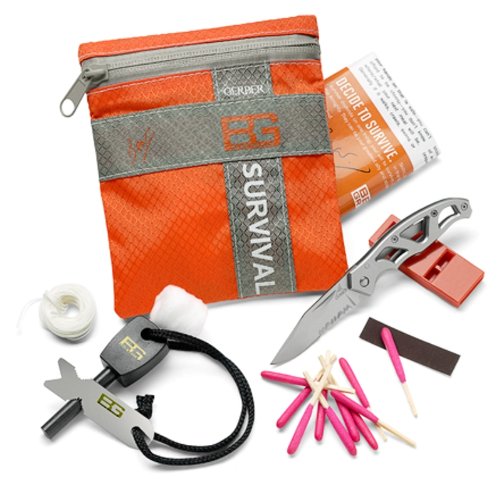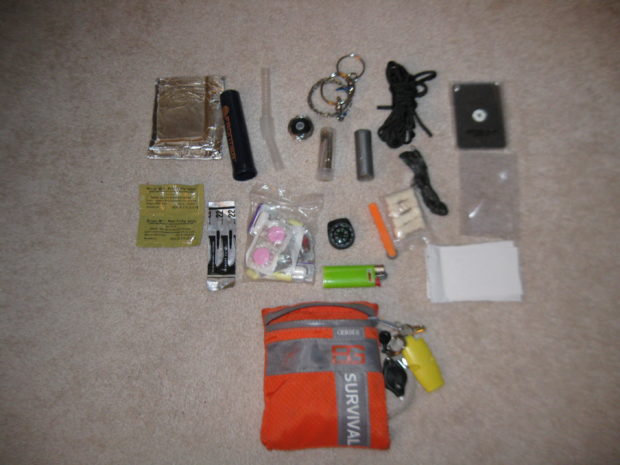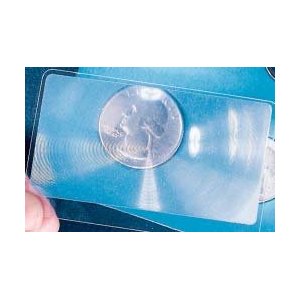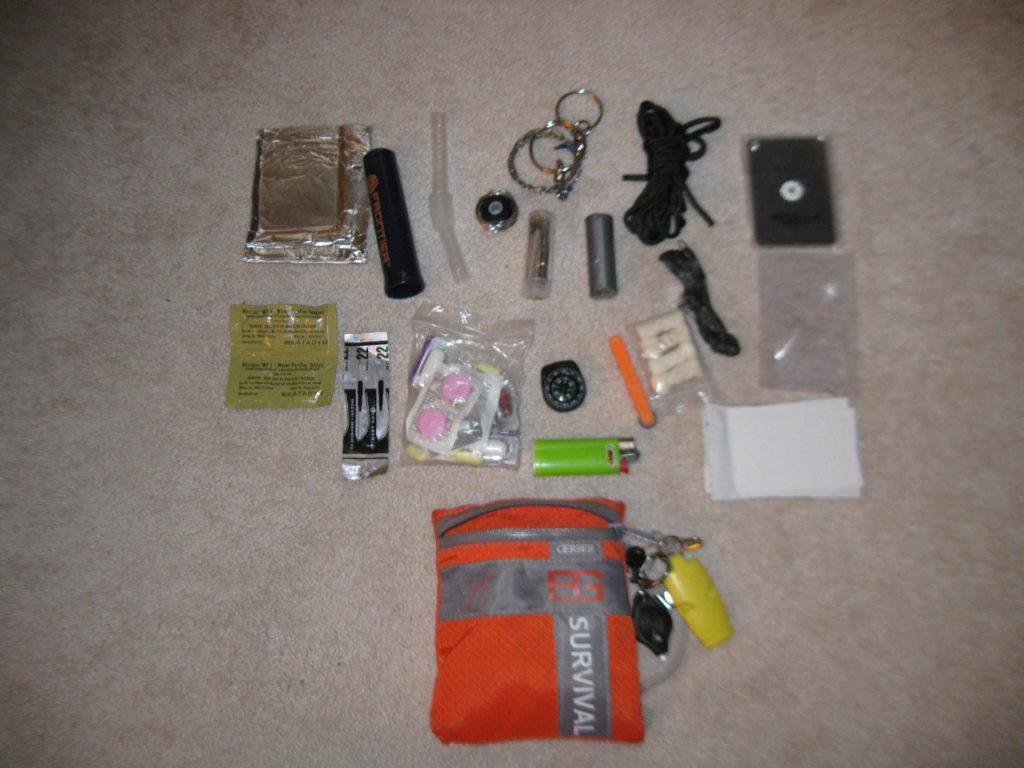I spend a lot of time traveling to dangerous third world countries. Most of the places I go are actually fairly safe overall, but there are always dangers when you travel overseas. I worry a little more about being stranded in the wilderness…either the jungles I’m hiking through or the concrete jungles of the cities I visit during a riot or insurrection.
When I travel, I carry a very simple survival kit with me wherever I go. It can be carried in a cargo pocket or a day pack. It’s lightweight and takes up virtually no space, yet gives me the basics to survive for quite awhile in almost any environment. If you travel, or even if you just want to be more prepared in your daily life, you might consider making and carrying one of your own.
Here’s a list of the supplies I carry and why I chose them:
The entire kit began as a Gerber Bear Grylls Survival Series Basic Kit. It has a durable carry pouch, is cheap to purchase, and has a few other useful items. I kept the outer carrying case and a couple of other things and then added additional items to make it more useful. You don’t need something like this, but it’s handy. You could put it all in a quart sized Ziploc bag and be fine.

Gerber’s basic kit. I kept the bag and the whistle and got rid of most of the other items in favor of some of my own favorites that will be more useful.
On the outside of the case (attached to the zipper), I have:
– Two large safety pins. These are useful for everything from removing splinters to popping blisters to repairing clothing. In a survival situation, you could even use them as fishhooks.
– The included whistle. It’s an easy signalling device to get help to my location. It’s louder and takes less effort than yelling. In a wilderness area, the uses are obvious. In an urban setting, think about situations like a being trapped in a structural collapse after an earthquake or bombing.
– A handcuff key and handcuff shim. You just don’t know what will happen in a foreign country. If taken hostage and cuffed, these could be useful (assuming they aren’t found in a search).
– Photon Microlight II mini flashlight (red LED)
Inside I have:
– A large piece of aluminum foil. Can be used for water collection, cooking, or emergency signalling.
– A small lighter. Much better option than matches for fire starting. I also have a spark lighter and some quick igniting tinder as a backup plan in case the lighter stops functioning. Fire is an important and life saving asset, especially in cold weather.
– A scalpel blade. The smallest knife available. I generally carry at least one other blade, so this one is just for backup.
– Four water purification tablets and a Frontier Emergency Water filter straw. It’s small and weighs less than one ounce, but still filters 20 gallons of water. The water filter is good for most contaminants, but won’t get rid of viruses. If there’s a chance that your water has been contaminated by feces, use the straw in conjunction with the tablets.
– A small roll of duct tape. This has countless uses from first aid to shelter making. If you can’t find a tiny roll, wrap some around a small pen or pencil to place in your kit.
– A flexible plastic Fresnel lens. This is a magnifying “glass” that is the size and thickness of a credit card. Useful for older folks who have lost their reading glasses, for signalling, or for removing small splinters or pieces of debris in the eye. It can also be used as a backup fire starter.
– A small fishing kit (line, sinkers, hooks)
– Signalling mirror
– A small roll of wire for constructing shelters or making snares.
– 20 feet of paracord. Useful for emergency shoe laces, shelter construction and lots of other handy things.
– 30 feet of waxed Kevlar cordage. It’s the same material that is used in ballistic vests. The strongest kind of thin, light cordage available. It’s suitable for numerous tasks.
– A first aid kit containing: 4 caffeine pills (for additional energy or wakefulness if I am on the run), 4 Imodium tablets (for diarrhea), 2 broad spectrum antibiotic pills (for most infections or serious traveler’s diarrhea), 4 Ibuprofen tablets (for pain), 2 Tylenol 3 (with Codeine) tablets for more serious pain or a bad cough (prescription only), 2 Pepto-Bismol tablets (for stomach upset), 2 Diphenhydramine tablets for allergies or allergic reactions, blister treatment.
– Button Compass
– Wire Saw
– A couple of sheets of paper for leaving notes or as fire starting tinder.
That’s about all I can fit in a truly pocket sized container. It works well for me. I carry the kit everywhere in foreign countries and occasionally have it on my person here in the USA as well.
My kit’s contents, may not be appropriate for your individual needs. I’d encourage you to develop your own by using my list as a starting point and then personalizing the contents to fit your own mission. If you need any more ideas, send me an email or post a comment.




